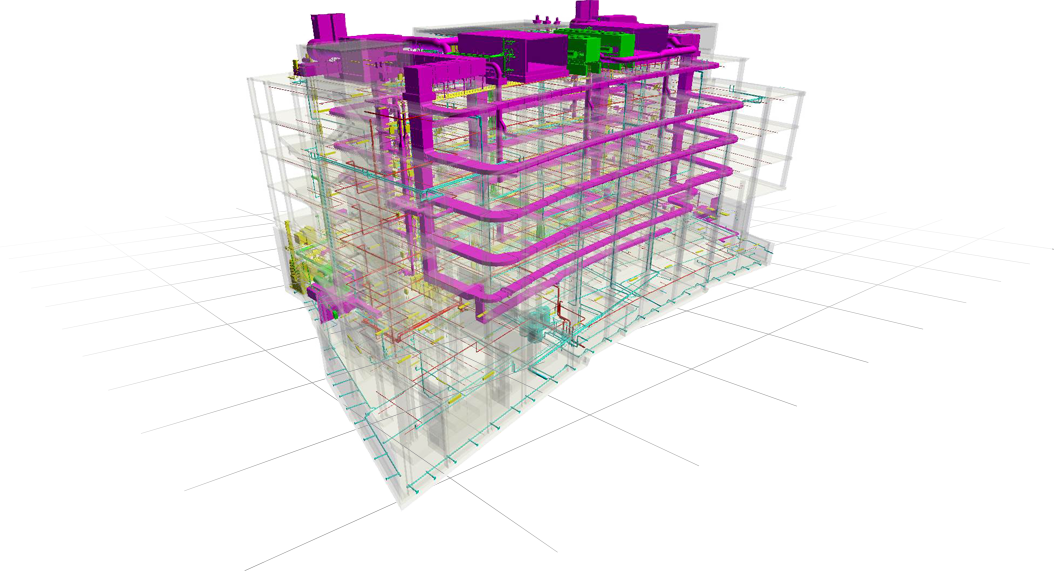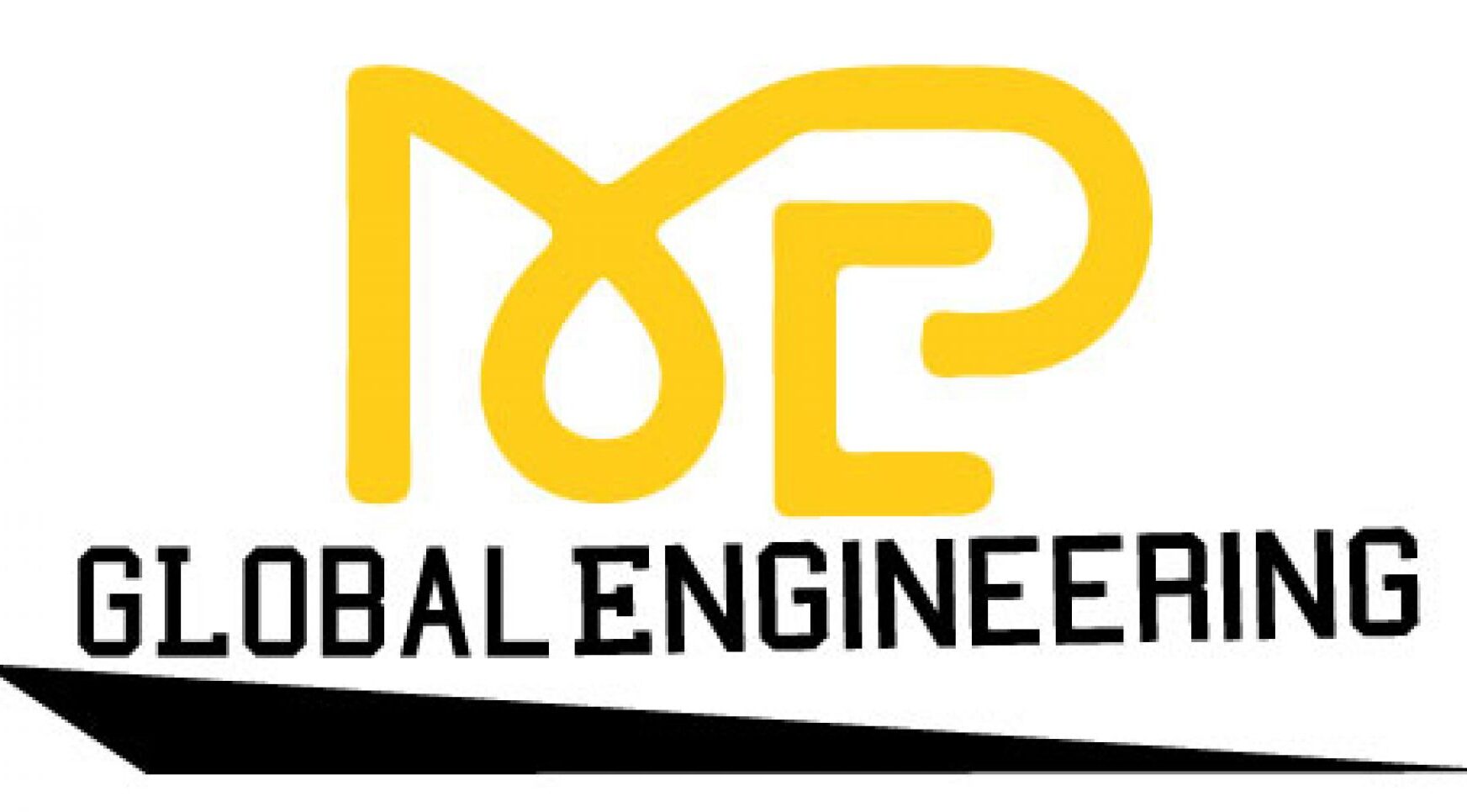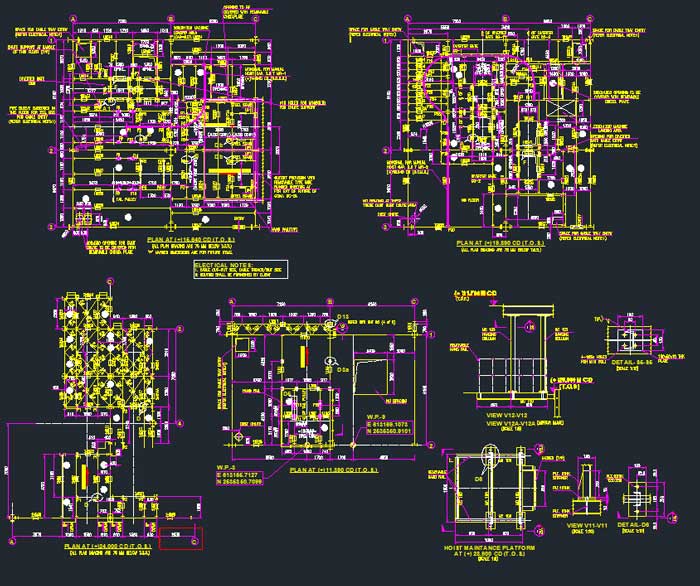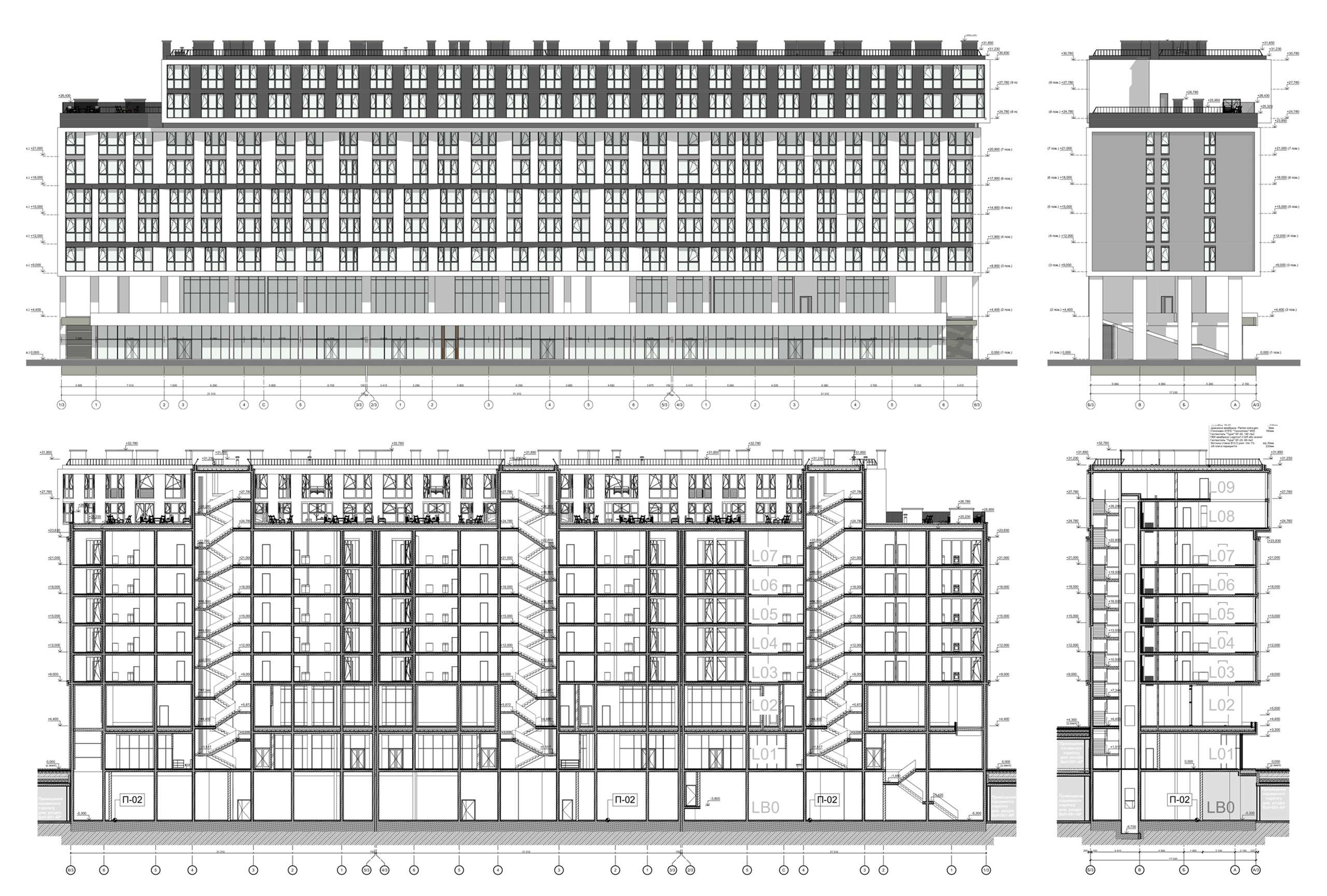
The Benefits of BIM Coordination and Clash Detection
The Benefits of BIM Coordination and Clash Detection are Pivotal for the Success and Efficiency of Any AEC Project
The benefits of BIM coordination and clash detection are pivotal for the success and efficiency of any AEC project. By integrating BIM coordination, project teams can streamline workflows, reduce costly errors, and enhance collaboration among architects, engineers, and contractors. Clash detection allows for the identification and resolution of conflicts before they become significant issues on-site, thereby saving time and resources. It is essential for stakeholders to embrace these technologies fully to optimize project outcomes and ensure seamless execution from design through construction.
Ignoring these advantages would be a step backward in an industry that demands precision and efficiency at every stage. By integrating clash detection into our workflows, we not only prevent costly delays but also enhance the overall quality of our projects. It is imperative that all team members and stakeholders commit to utilizing these tools to their fullest potential. Resistance to adopting such advancements undermines our collective goal of delivering superior results and maintaining a competitive edge in an increasingly fast-paced industry. Furthermore, it is crucial that we invest in proper training and support for our teams.
This will ensure they are proficient in using these technologies effectively, thereby maximizing their benefits. Consistent collaboration and communication around clash detection will foster a proactive approach to problem-solving, rather than a reactive one. In summary, embracing clash detection is not optional—it is a necessary evolution for any forward-thinking organization committed to excellence. Let’s take this opportunity to lead by example and set new standards for precision, efficiency, and success in every project we undertake. By integrating clash detection into our processes, we are not just adopting a tool but revolutionizing the very fabric of our project management and execution.
It is imperative that we prioritize this transition and allocate the necessary resources to train our teams thoroughly. This commitment will position us at the forefront of innovation within our industry. Ignoring this evolution equates to settling for mediocrity, which is unacceptable for an organization of our caliber.
We must seize this moment to redefine excellence, ensuring that every project we deliver meets the highest standards of quality and precision. Let us champion this change with unwavering determination and showcase what true leadership looks like in practice. The time to act is now—let’s embrace clash detection wholeheartedly and pave the way for unparalleled success in all our future endeavors.
Let’s delve deeper into each of these benefits to understand their impact and importance:
Enhanced Collaboration and Communication:
BIM fosters a collaborative environment by integrating different disciplines into a single platform. This encourages open communication and continuous information exchange among architects, engineers, contractors, and other stakeholders, ensuring everyone is on the same page and reducing misunderstandings.
Early Detection and Clash Resolution:
BIM’s ability to detect clashes early in the design and planning phases is crucial. It allows teams to identify and resolve conflicts before they translate into real-world problems, thereby avoiding alterations during the construction phase that could lead to delays and increased costs.
Cost and Time Savings:
By identifying and resolving clashes early, BIM helps in significantly reducing the need for changes during construction, which can be costly and time-consuming. This proactive approach minimizes the risk of project overruns in both budget and schedule.
Improved Construction Quality and Safety:
BIM improves the quality of the construction by ensuring that all elements are precisely planned and coordinated. Moreover, by predicting and mitigating risks, it enhances safety on the construction site, protecting both personnel and the project.
Streamlined Project Management:
BIM provides project managers with tools and data necessary to make informed decisions quickly. The centralized nature of BIM facilitates easier management of information and resources, leading to smoother project execution.
Enhanced Visualization and Communication with Stakeholders:
3D BIM models enable all stakeholders, including non-technical ones, to visualize the project in detail. This not only improves understanding and communication but also helps in securing approvals and consensus faster.
Sustainable Design and Building Operations:
BIM supports the creation of more sustainable designs by enabling analysis and simulation of energy systems and materials. Additionally, the detailed models created can be used throughout the building’s lifecycle, supporting efficient operations and maintenance, which contributes to sustainability.
BIM clash coordination is a technical process; the software is costly, and experienced resources are hard to find. Additionally, keeping up with rapidly evolving technology and the risk of familiarity bias can hinder effective clash detection. This makes it challenging for many companies, especially smaller ones, to purchase tools and conduct in-house clash detection. However, despite these challenges, it is imperative for companies to prioritize BIM clash coordination. Investing in powerful software and skilled personnel can significantly reduce project delays and costly rework. By proactively addressing potential conflicts during the design phase, companies can streamline construction processes and enhance overall project efficiency.
Leveraging external expertise or collaborating with specialized firms can mitigate the strain on internal resources. Smaller companies should consider strategic partnerships or outsourcing to ensure they remain competitive without bearing the full burden of in-house capabilities. In conclusion, while BIM clash coordination demands considerable investment and adaptability, its benefits far outweigh the initial hurdles. Companies must recognize this as a critical component of modern construction practices to achieve long-term success and sustainability in an increasingly competitive market.
We ensure efficient clash resolution, streamlined project execution, and cost-effectiveness, allowing you to focus on core activities and achieve better project outcomes. Our approach leaves no room for error, as we meticulously handle every detail to prevent disruptions and delays. By implementing advanced technologies and proven methodologies, we guarantee that your projects run smoothly from start to finish. This not only optimizes resource allocation but also significantly reduces overhead costs, ultimately enhancing your bottom line. Trust us to manage the complexities so you can direct your energy towards innovation and growth within your organization.
In sum, BIM coordination and clash detection are not merely enhancements but essential components that transform the approach to design and construction. They lead to more robust, efficient, and effective project execution and management, affirming their critical role in modern AEC projects.




Step-by-Step Guide to Implementing Effective MEP Coordination
[…] minimizing rework and delays. By employing advanced software tools and skilled professionals, MEP coordination identifies potential clashes early in the design phase, allowing for proactive […]